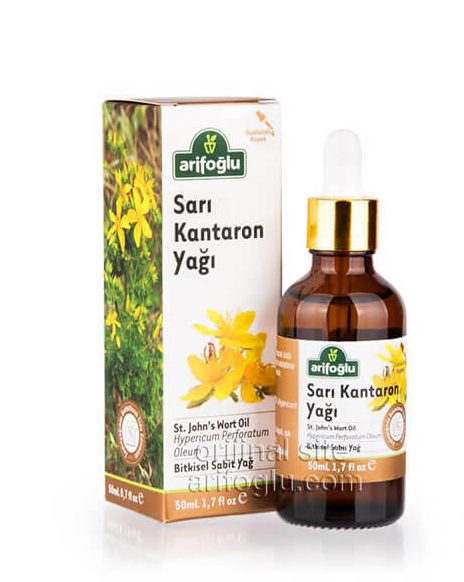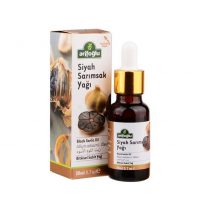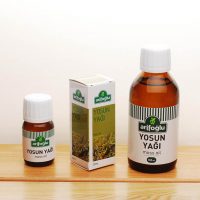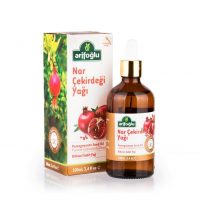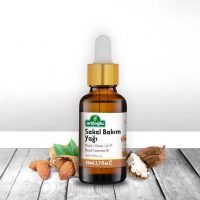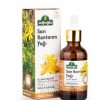St. John’s Wort Oil, 1.7fl oz – 50ml (Hypericum Perforatum)
$32.99
St. John’s Wort Hypericum Perforatum
St. John’s Wort, whose Latin name is ‘Hypericum perforatum’, is from St. John’s Wort family. Its homeland is Europe, North Africa, and West Asia. The plant, which grows spontaneously in forested areas, fields, and roadsides in Europe, has adapted to North America and started to grow naturally in the countryside. There are 60 different species in our country. St. John’s Wort is a perennial herbaceous plant that takes its name from the yellow color of the flowers it blooms in the form of a star. It is also known as a birch weed because of the tiny holes in its leaves.
It is also known as sword grass, Mayasıl grass, and Sheepdog. It is used after the flowers and seeds of the plant are collected and dried during the flowering period. It is known for its mild spicy scent and sharp bitter taste. He was famous in Greek and Roman civilizations as a protector against evil spells. In the Middle Ages, it was believed that the plant walked and moved after it was collected. St John’s wort was hung on the entrances and doors of the houses in bunches to protect them from evil spirits. In paganistic times, it was the symbol of the “Sun God” with its glamorous golden flowers. In some cultures, decorating with St. John’s wort flowers in various celebrations and spring festivals became a ritual.
From St. John’s Wort plant; St. John’s Wort tea, St. John’s Wort oil, St. John’s Wort ointment, St. John’s Wort cream, St. John’s Wort extract, and extract are produced.
A specialist should be consulted for therapeutic use.
The lifespan of St. John’s Wort, dried under appropriate conditions, is 1 year when stored in a sealed glass jar in a dim, cool and dry environment.
METHOD OF OBTAINING:
It is obtained by keeping the above-ground parts of St. John’s wort plant in olive oil.
CONTENTS:
St. John’s Wort Oil – St. John’s Wort Oil (Hypericum Perforatum Oleum)
Brand
Arifoglu
All the orders are shipped from Turkey via DHL. We are happy to work with a well-known shipping company.
We ship worldwide by DHL and we will inform your tracking number immediately after your order is shipped.
The preparation time is between one to four working days. The preparation time may be longer for hand made products. Those products are specifically produced for you and it is generally 7 days. If it is longer than 7 days, the details can be found in the description section of the product page.
There are two options for delivery. The first one is DHL Express and it is the faster option. Your order will be at your shipping address between 1 day to 7 days. Details are listed at the bottom. The second option is Normal shipping. Delivery time takes between 25 days to 30 days for Normal shipping. If you are not in a hurry you can always prefer this method.The shipping cost is calculated by the total price of your order. If your cart total is greater, the shipping cost will be lesser. You will earn free shipping when your order total is over 100$.
Estimated delivery times for DHL Express Shipping:
- UK: 1-3 days
- Europe: 1-3 days
- U.S.A and Canada: 2-4 days
- Middle East: 2-4 days
- South America: 2-5 days
- Rest of the World: 2-7 days
Estimated delivery times for Normal Shipping:
- All over the World: 25-30 days
For more information about our delivery service please check here.

